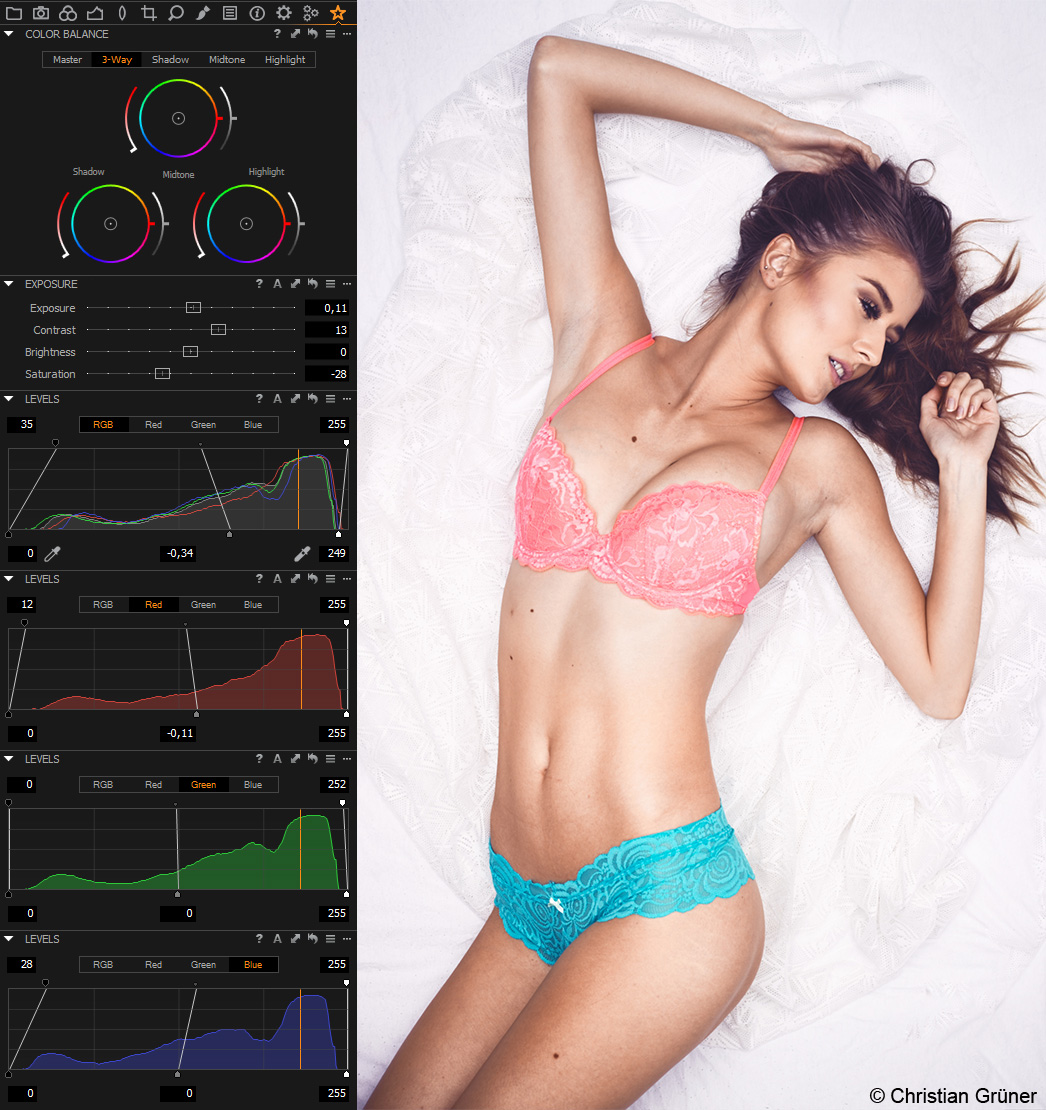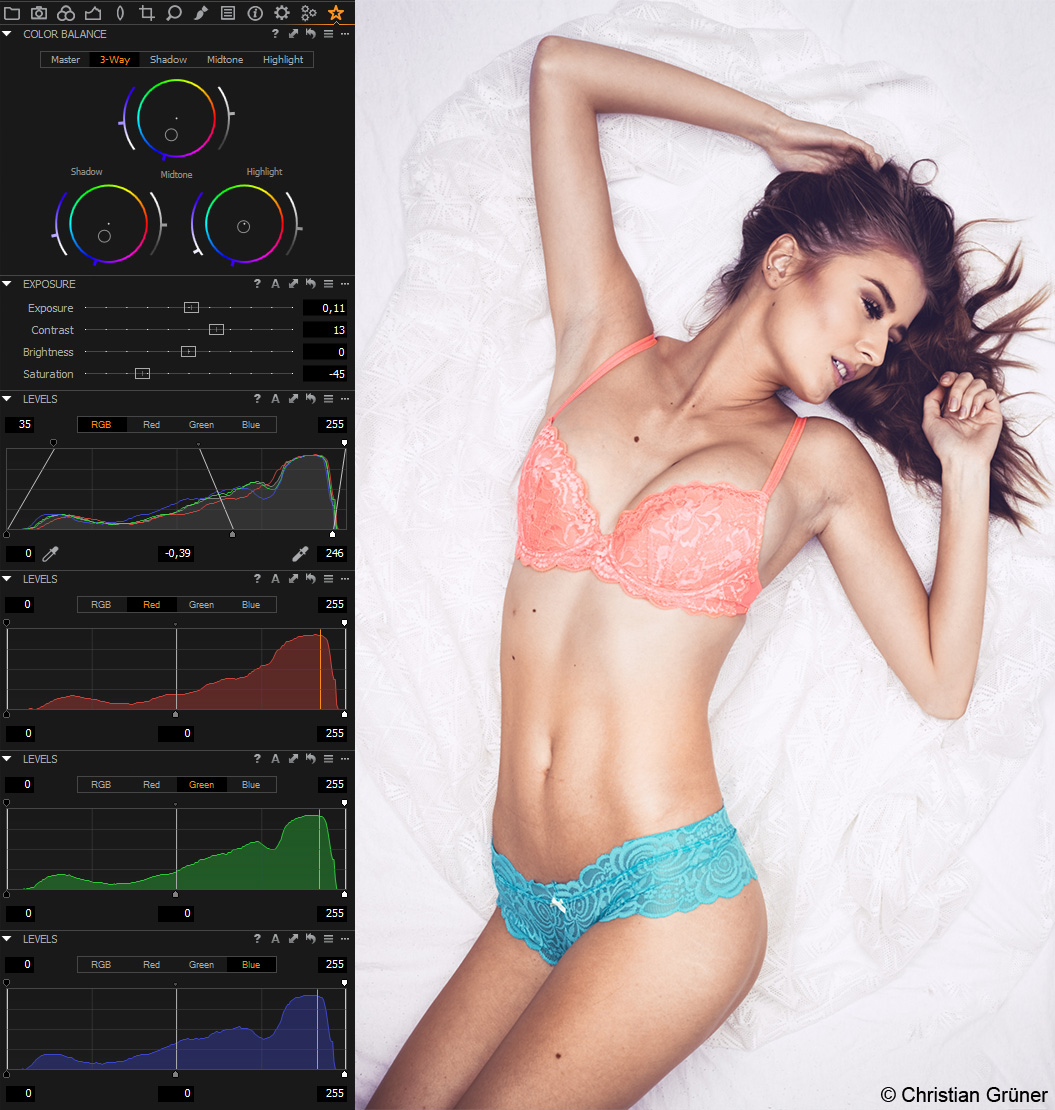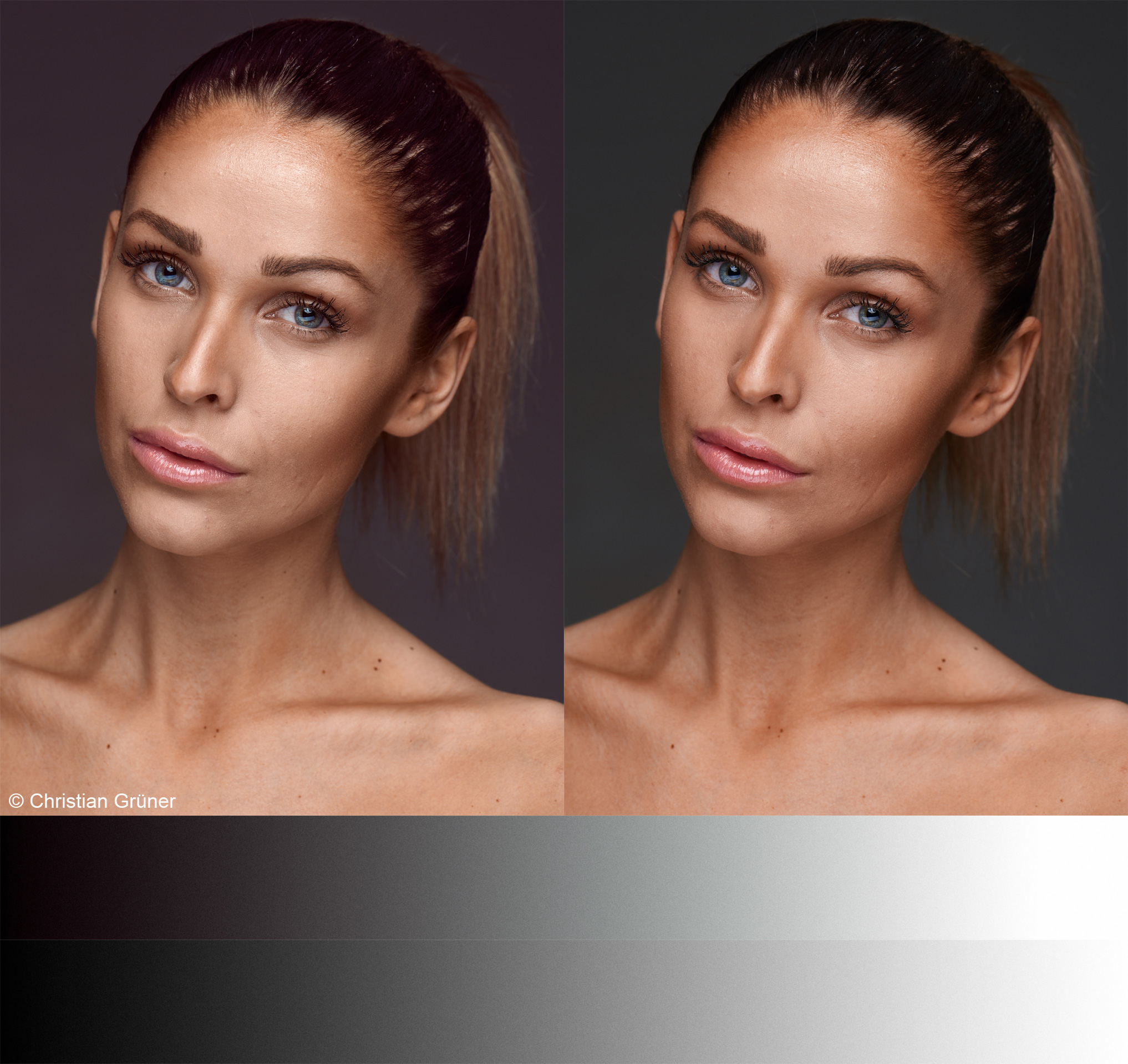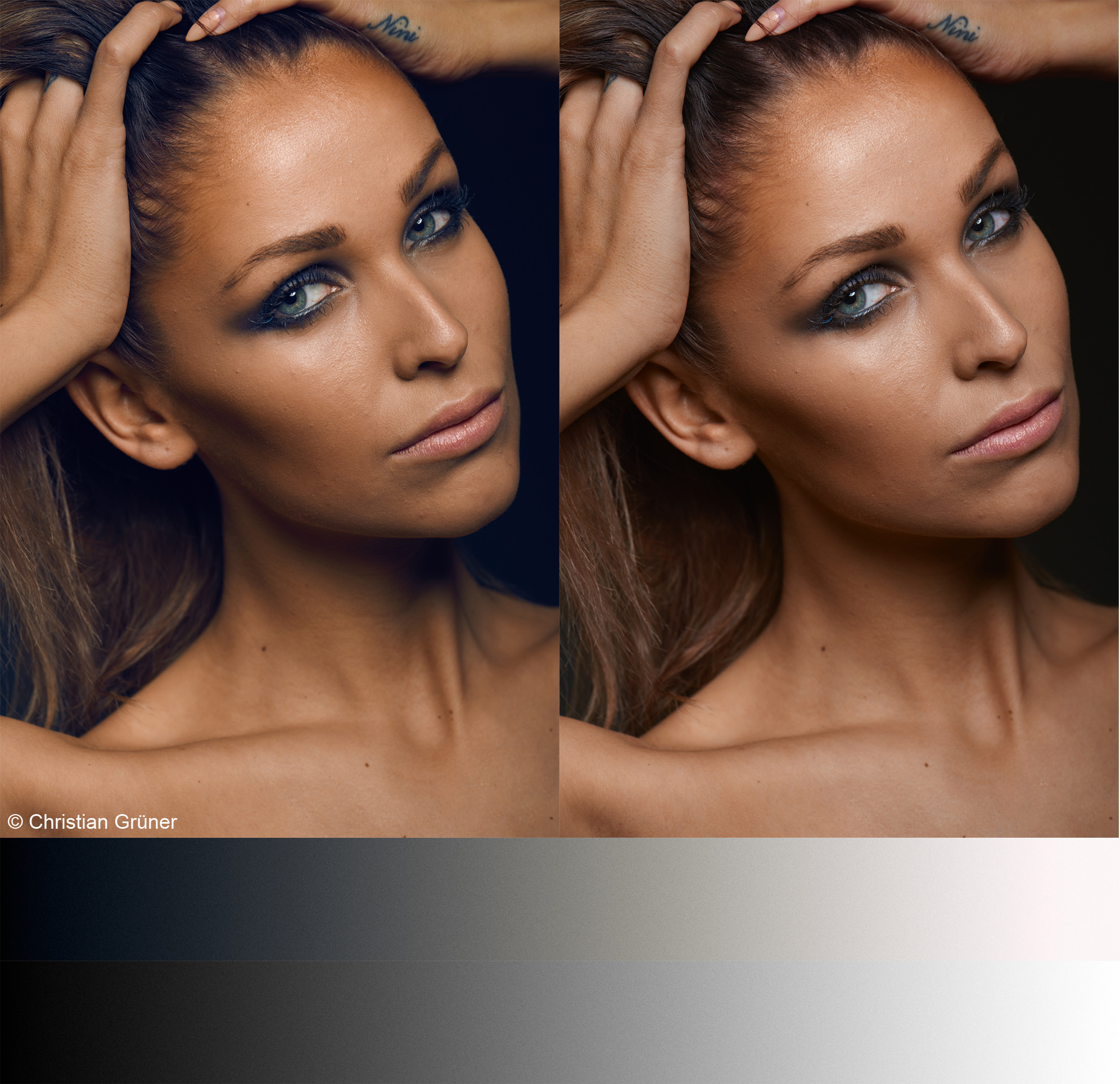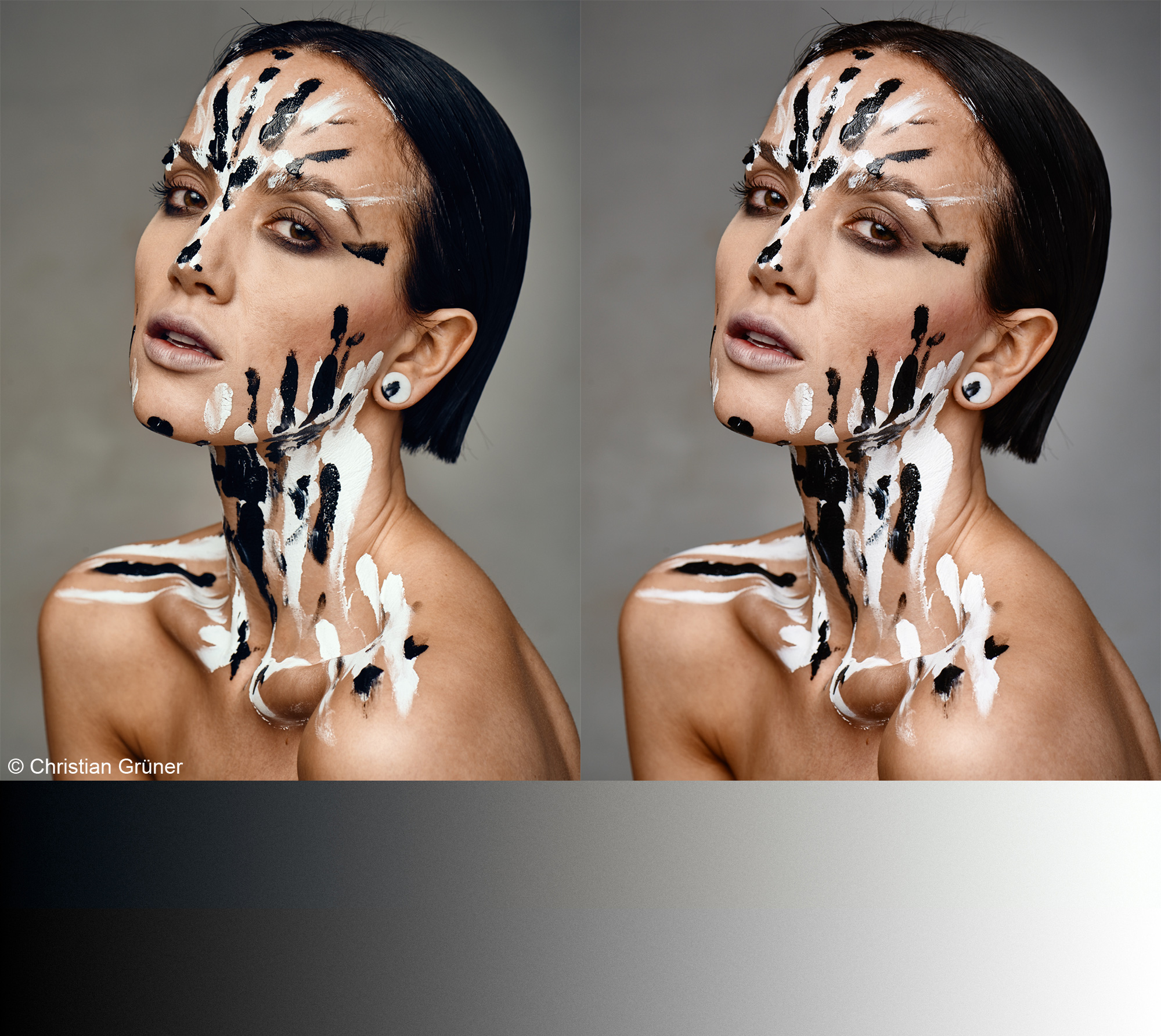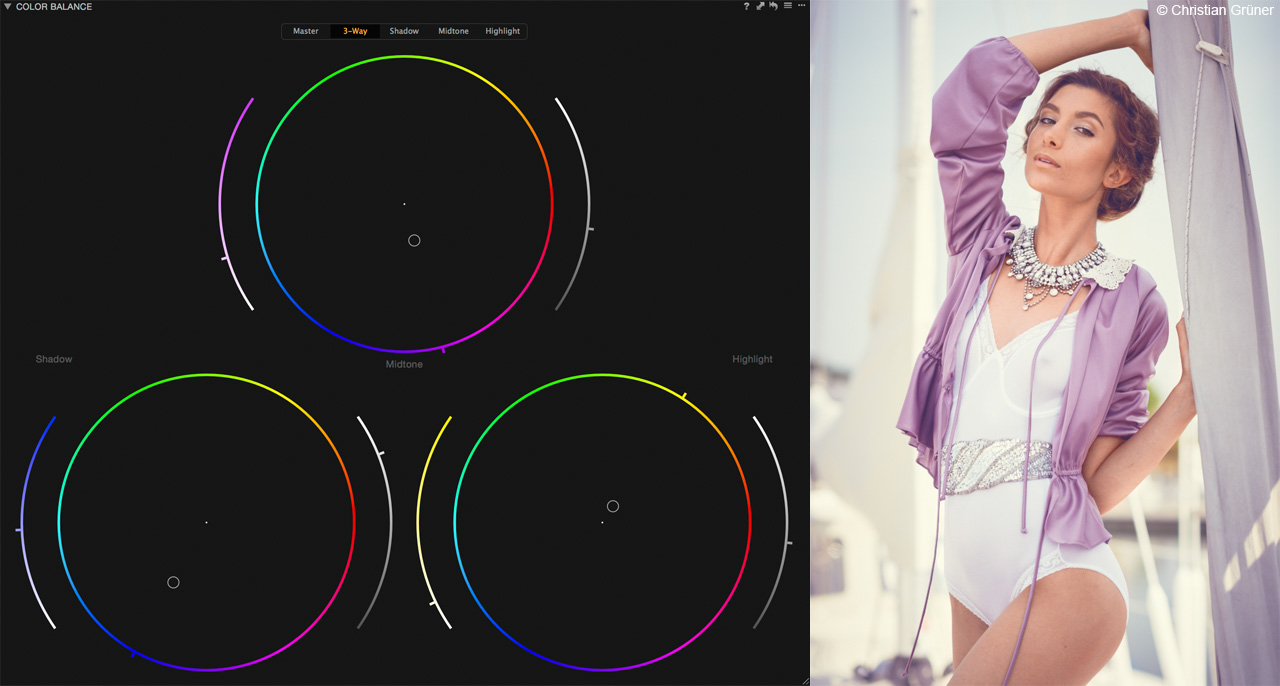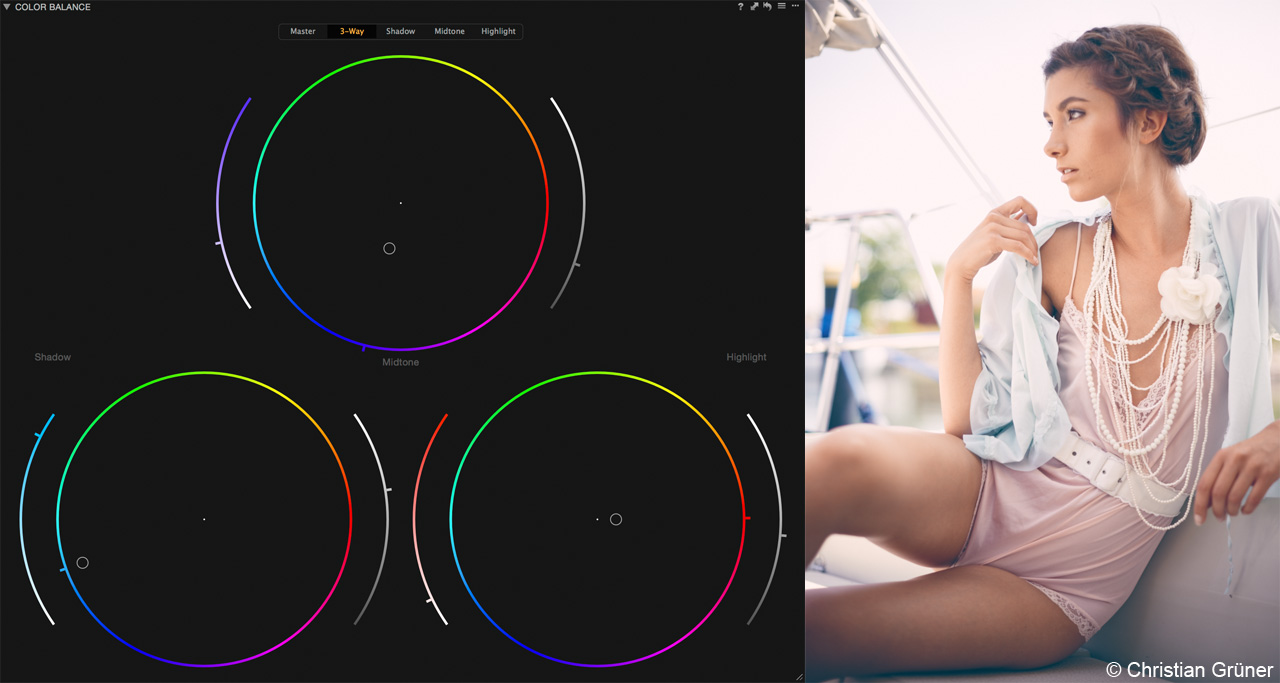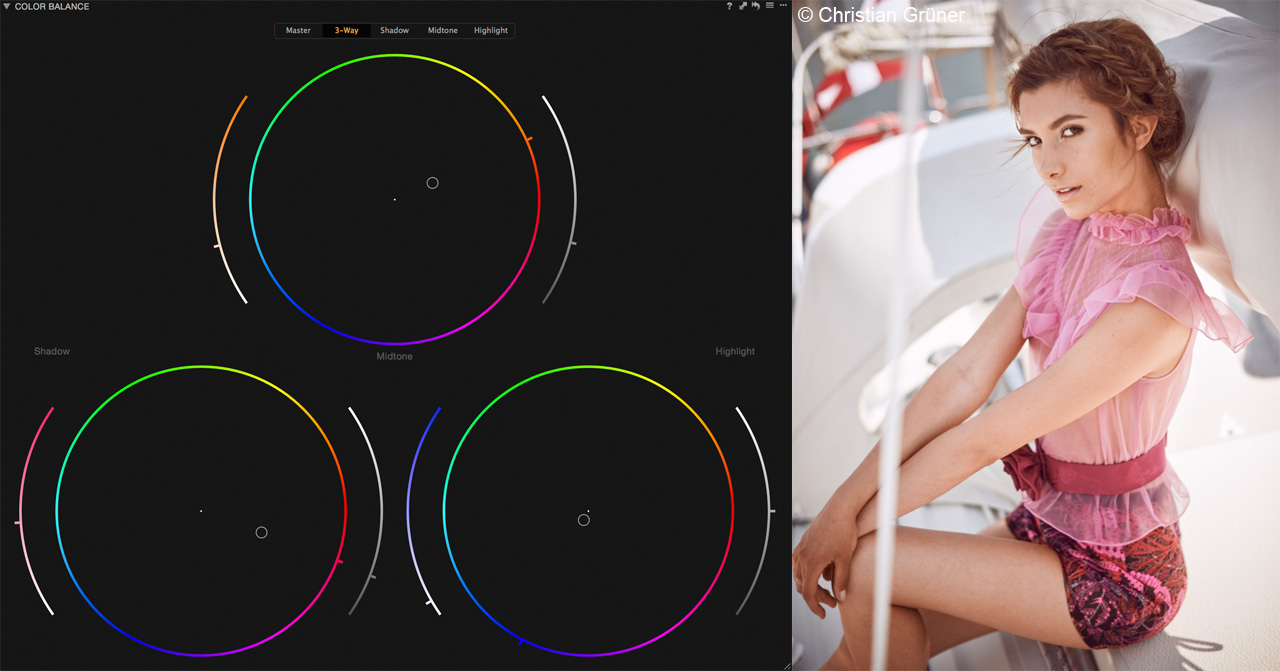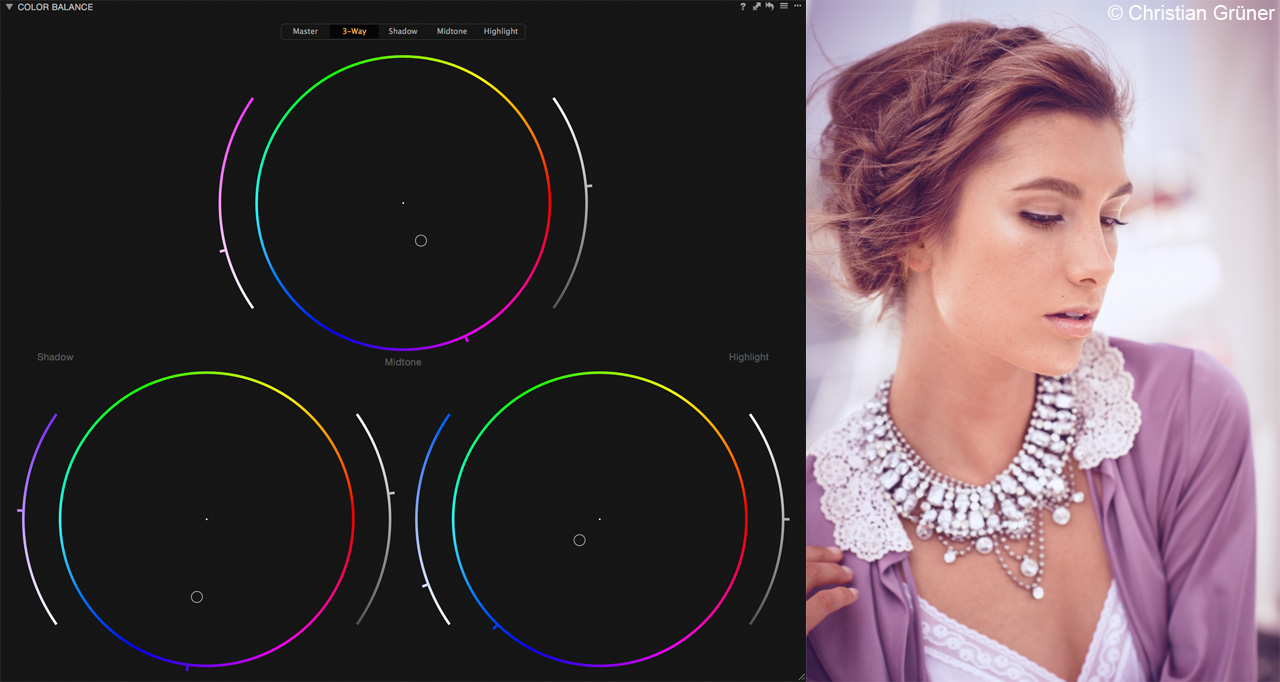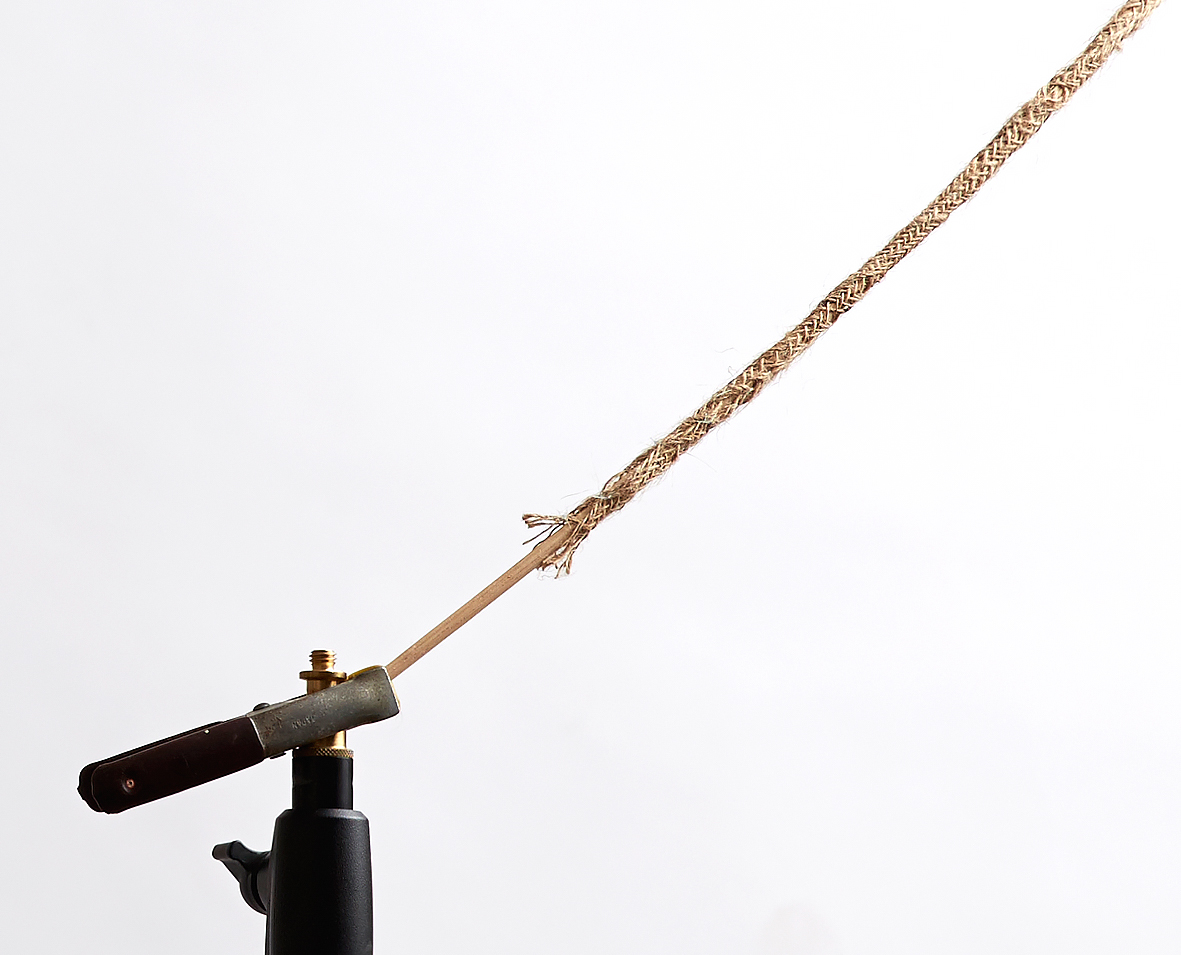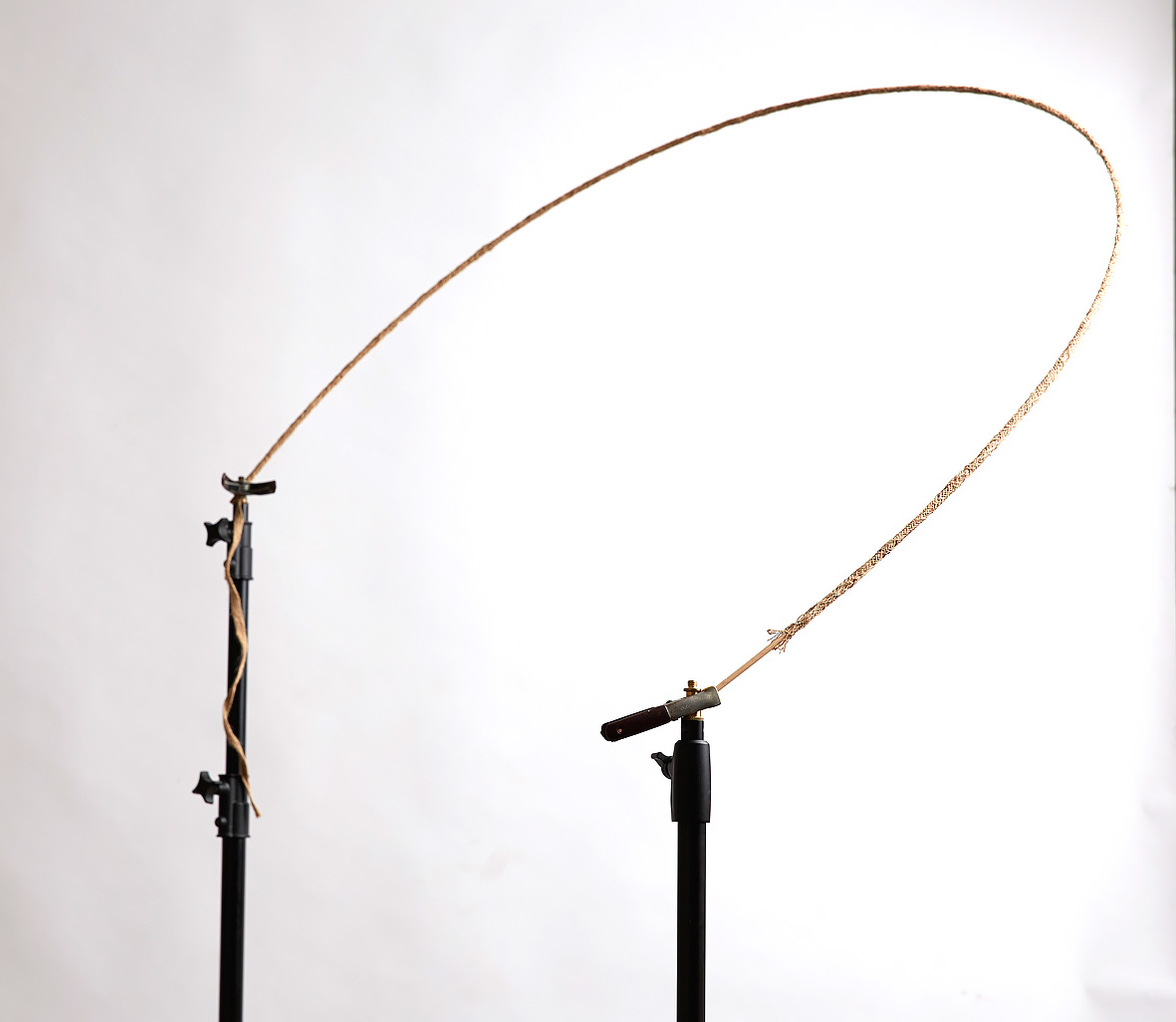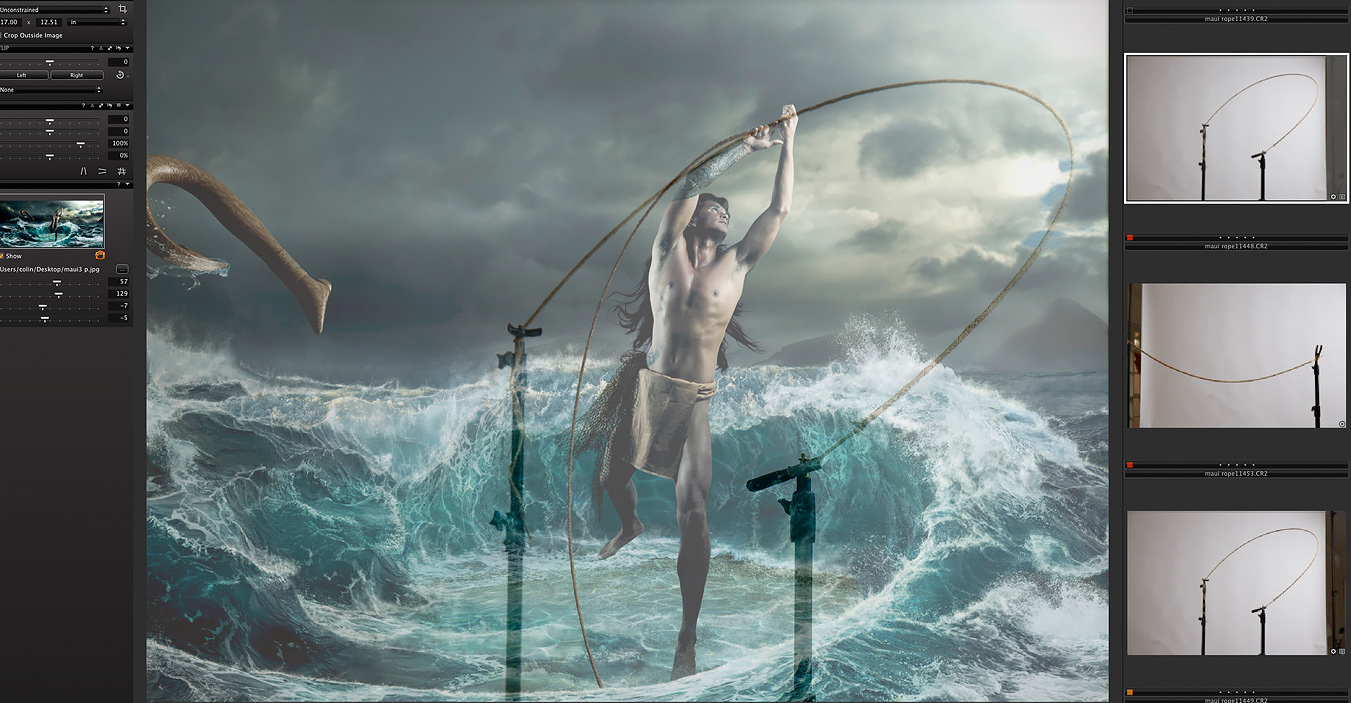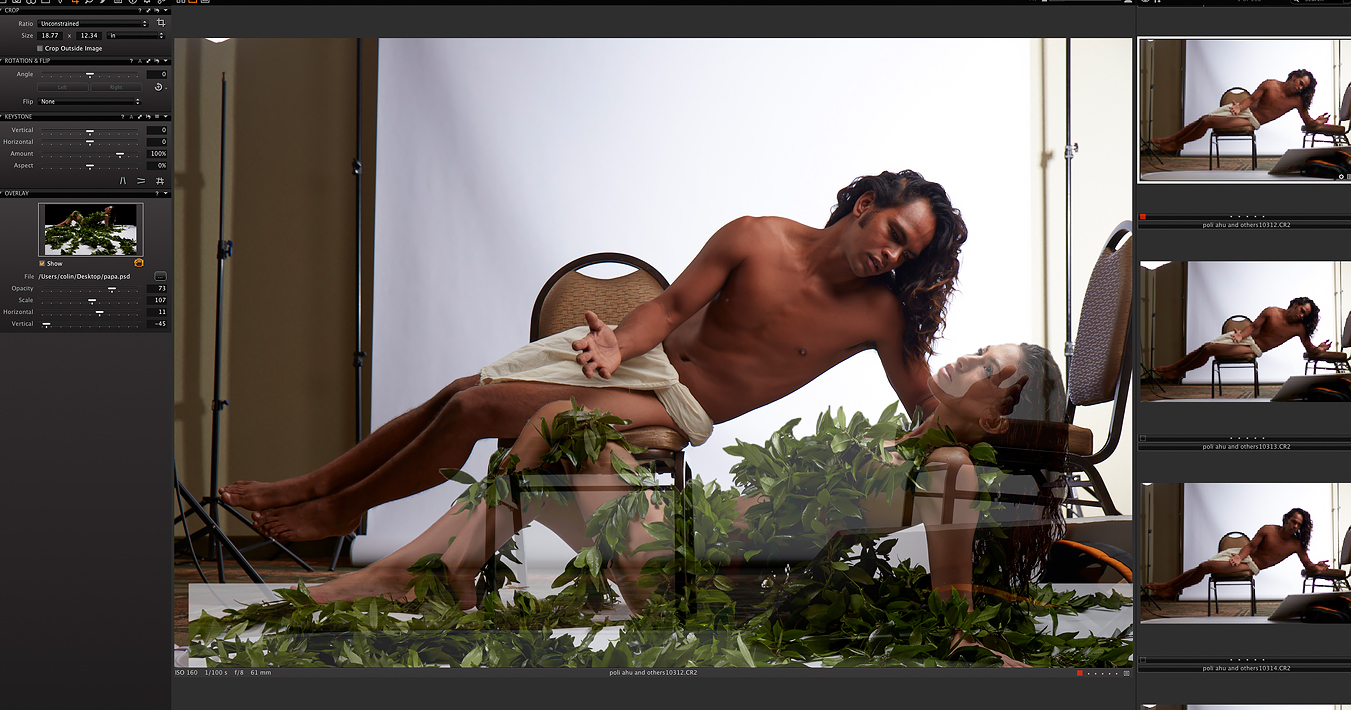In the previous tip about color grading and the new 3-way Color Balance tool, Color grading made easy, I covered the basic functionality of the new Color Balance tool along with a quick look “under the hood” of the new tool.
In this post I’ll go much deeper, exploring the far corners of the tool, it’s more advanced application, and the design choices made to provide the users with a quick yet precise way of “grading” his or her images.
Algorithm design
Let’s start by investigating how this tool is different from the traditional Levels and Curves Tools.
First, as I mentioned in Color grading made easy, no knowledge of complimentary color interactions is needed to use the new Color Balance tool. You simply select the specific color you desire and increase the saturation and/or luminance until you have achieved the precise tone you want.
For toning, Levels have usually been the preferred way to achieve the desired look. Let’s take a look into how the Color Balance tool is different:
- Levels (and Curves): When adjusting the Blue channel, for example, and adding more blue to the shadows, one would increase the Shadow Output Level. Of course, this results in more blue, but it has the distinct side effect of lifting the overall luminance value of the shadows. Another side effect you’ll find is the Shadow output Level affecting more and more into the midtone values and eventually even the highlights. Avoiding this effect requires tedious curve point anchoring and adjustment.
- Color Balance tool: The new Color Balance tool works all together differently. If the Shadow wheel is adjusted, the adjustment will never affect the highlight, and will only affect the lowest midtones values to create a pleasing roll-off. However, the real game-changer is the preservation of the deep shadows. This retains a much higher detail level in the shadows, as the luminance is not changed in the deep shadows.
- The same principle applies, to some extent, to the Highlights. Here the tool retains the extreme highlight areas when using small corrections.
- The Lightness sliders provide a quick way of adjusting the luminosity of the selected value. This adjustment is applied with a limited impact on saturation, which is a different approach from both the Levels and Curves tool. These sliders can act as both classic input and output adjustments, depending on which way they are adjusted. The Midtone Lightness slider is particular interesting as it provides an impressive, and otherwise non-existent, Midtone Output slider.
 Illustration 1: This illustration on a black and white gradient shows the deeper shadows being preserved.
Illustration 1: This illustration on a black and white gradient shows the deeper shadows being preserved.
Integration with other tools and workflow
Retaining the deep shadows can of course be problematic if the “milky” look from the high Output levels is desired. In this case, after obtaining the desired color toning, increase the RGB Output Level and you have the same effect. However you will achieve much more individual control.
In general, the Color Balance tool is all about color and intensity, whereas Levels and Curves will also change contrast and luminance. Because of that difference, when using Levels or Cuves, a given image will need more adjustments than usual to obtain the same end-result and will likely be much harder to achieve.
Illustration 2 and 3: This shows the same image, with the same look. Left is done with Levels, Right is done with the Color Balance tool. Notice the Saturation and RGB levels.
With non-destructive editing in Capture One, there is no “right way” of adjusting a given image. However, there are workflows and tools that can greatly minimize the time required to achieve the desired result and toning of an image. As an example, here is how I usually achieve my “look” and tone for a given portrait:
- Change the Base Characteristics: I start by changing the Film Curve to my liking. I usually prefer the “Extra Shadow” curve for most images.
- Increase and adjust global contrast and exposure using the Exposure tool, High Dynamic Range, Clarity and Levels.
- Use the Skintone Tool and Uniformity slider to dial in my desired Skintone
- At this point I am ready to use the Color Balance tool. I like to use tones that are already present in the picture as inspiration for the toning. That could be clothing, eye-color, background, props etc.
- When I am happy with the colors, I usually make a brief detour back to the exposure adjustments to fine-tune the image.
Improved editing speed using keyboard shortcuts
Since we’re talking about the time it takes to adjust an image, it’s worth noting that all the sliders on the Color Balance tool can be assigned to Modifier Keys.
With the right hardware, such as a Wacom tablet, or video grading wheels and trackballs, you can achieve the colors you want much faster.
I mentioned a few Modifier Keys in Color grading made easy. There is one more worth mentioning (Windows only), and that is the Alt-key coupled with mouse movement. Using this Key will dampen the mouse movement at ratio of approximately 3:1. This makes adjustments in the 3-way tool much more accurate, especially if you’re using a Wacom pen. Use the Wacom utility to assign and configure as you see fit.
With and Without the Color Balance tool
So what do images look like with and without the Color Balance adjustments? Let’s take a look at a few examples. Below each image set is paired with a black and white gradient showing the same toning applied. I’ve also included one gradient without any color adjustment for reference.
Illustration 4: With-Left. Without-Right: A red Shadow and a slightly green Midtone. Notice how the green Midtone also helps to correct for the red skin tone.
Illustration 5: With-Left. Without-Right: Blue Shadows, yellow Midtones and slight red Highlights. Notice that while the grading seems slight, it’s impact on depth and skintone is significant.
Illustration 6: With-Left. Without-Right A very subtle edit, blue Shadows and yellow Highlights. Again, though subtle, the little added warmth to JUST the highlights significantly improves the quality of the image.
With all these new possibilities, I’m happy to introduce you to my new favorite tool! The Color Balance tool makes toning easy and fast. Not only that, it also gives me more control over the final image for picture perfect results.
I hope you will enjoy the new Color Balance tool as much as I do.
Best wishes,
Christian Grüner

